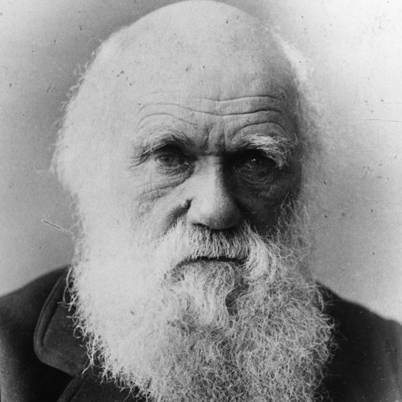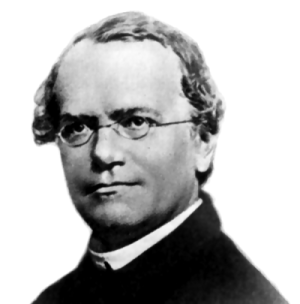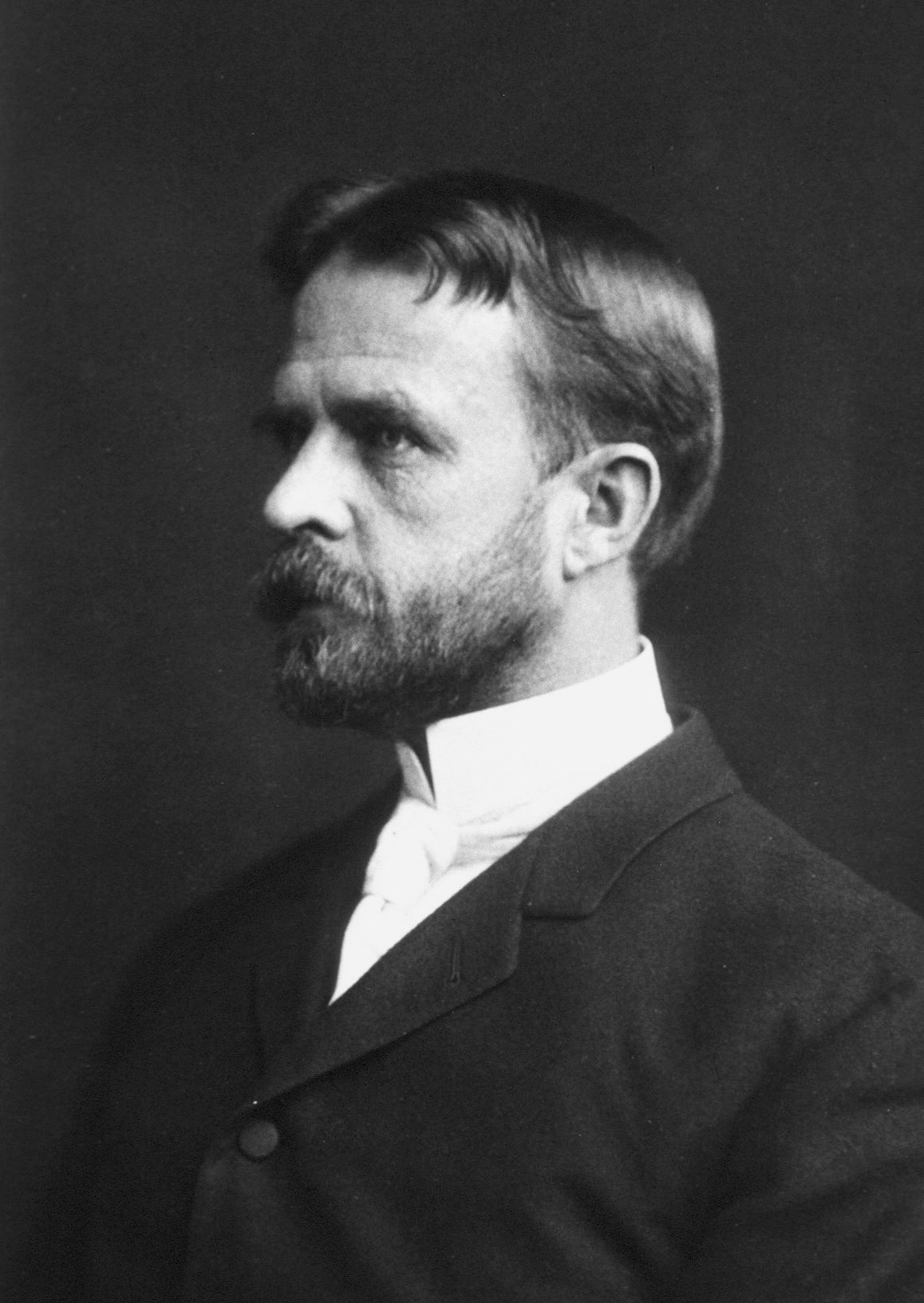Born from an unlikely mating, one bull revolutionized global dairy breeding with genetics so powerful they still dominate herds 60 years later.

Do you know how some legends never fade? Well, in the dairy world, there’s one name that still makes breeders sit up straighter when mentioned – Round Oak Rag Apple Elevation. I can’t tell you how often I’ve heard old-timers at cattle shows talk about this bull with a reverence usually reserved for religious figures. And honestly, they’re not wrong.
Born in 1965 on a modest Virginia farm, this unassuming black-and-white calf would become the most significant genetic influencer Holstein breeding has ever seen. Can you believe his bloodline now runs through nearly 9 million descendants? That’s right – almost every glass of milk you’ve ever enjoyed likely came from a cow with some connection to this legendary sire.
What made Elevation so special? He delivered both, unlike most bulls that give you either production OR pretty cows. His daughters pumped an incredible 29,500 pounds of milk during their first lactations – beating their peers by 15%! – while sporting those picture-perfect udders that look like they were crafted by a sculptor with an obsession for symmetry. You’ve gotta appreciate a bull that refuses to compromise.
I’ve always found it fascinating that his story began with what you might call a questionable mating. His sire had fertility issues, and his dam was considered too slow-maturing for the fast-paced dairy world. This pairing might never have happened in today’s era of genomic testing and algorithm-driven breeding programs. Kinda makes you wonder what other genetic gold mines we’re potentially missing by being too reliant on numbers.
The Unlikely Star: How Elevation Came to Be

So here’s the backstory that sounds more like a feel-good movie than real life. Two cousins, Ronald Hope Sr. and George Miller, had spent a quarter-century meticulously layering Burke and Ivanhoe bloodlines into their herd at Round Oak Farm. Talk about playing the long game! These guys weren’t chasing quick wins but building something meant to last.
In 1965, they made a decision that probably raised some eyebrows. They bred Tidy Burke Elevation (a bull with questionable fertility) to Round Oak Ivanhoe Eve (a cow relegated to the farm‘s “B-team” because she matured too slowly). It wasn’t exactly a match made in bovine heaven, at least on paper.
But man, did that gamble pay off! This unlikely coupling created a genetic alchemy that would transform dairy farming forever. Elevation inherited the milk-producing magic from his sire’s Burke lineage while getting structural soundness and mammary excellence from his dam’s Ivanhoe connections. The result? A genetic unicorn whose DNA contained a rare chromosome 6 haplotype that optimized fat-to-protein ratios – something we didn’t even have the technology to identify until decades later!
You might be surprised to learn that Elevation wasn’t an instant sensation. His progeny consistently came in second place at early shows – never first. Judges didn’t know what to make of his balanced but unspectacular offspring. They weren’t the tallest, broadest, or most extreme in any category. They were just… good at everything. Talk about being ahead of your time!
Ironically and fitting, this “runner-up” status would eventually prove prophetic. While more specialized, flashier bloodlines came and went, Elevation’s descendants ultimately dominated milking parlors and show rings worldwide. Their versatility outlasted everything else.
Five Qualities That Made Elevation a Legend
If you’ve spent time around dairy farms, you know that most bulls have one standout trait – maybe great production or fancy udders. But Elevation? This guy was the complete package. He redefined Holstein’s breeding through five key characteristics that created what I like to call the “genetic royal flush.”
First up: production. His daughters weren’t just good milkers – they were milk-making machines. Averaging 29,500 pounds in their first lactations during the 1970s put them 15% ahead of their contemporaries. And unlike bulls that give you quantity at the expense of quality, Elevation’s daughters maintained excellent butterfat and protein percentages. You couldn’t ask for more!
Then there were those udders – my goodness, those udders! Charlie Will, who knew these cows better than most, described them as having “high and wide rear udders with exceptional shape and symmetry.” This wasn’t just pretty – it was functional. These udders stayed attached 2-3 lactations longer than average, translating to an extra $1,200 profit per cow back in the 70s. Not too shabby!
Mobility might not be the sexiest trait to discuss over coffee, but it’s a game-changer on the farm. Elevation’s girls showed up with “straight legs, healthy hocks, and strong loins” – dull on paper, maybe, but pure gold in practice. These cows stayed sound even on concrete floors (the bane of many dairy cows’ existence), allowing them to keep producing at high levels for 5-7 lactations when most cows were burning out after 3.
Fertility might be the most underrated of Elevation’s gifts. His daughters rebred 14 days faster than their herd mates – two weeks might not sound like much, but multiply that across thousands of cows and millions of lactations, and you’re talking serious money. Plus, this reproductive efficiency helped his genetics spread like wildfire.
Finally, there’s longevity – the crown jewel. While the industry average was 2.8 lactations per cow in the 1970s, Elevation’s daughters stuck around for 4.2. That’s a 50% increase in productive life! Herds with his bloodlines reported 22% lower replacement costs. For farmers operating on tight margins, this was revolutionary.
What sets Elevation apart wasn’t excelling in any category – it was his “genetic coherence,” the ability to transmit ALL these qualities simultaneously without trade-offs. It’s like getting a sports car with excellent gas mileage or a delicious and healthy dessert. Usually, you don’t get both, but with Elevation, you did!
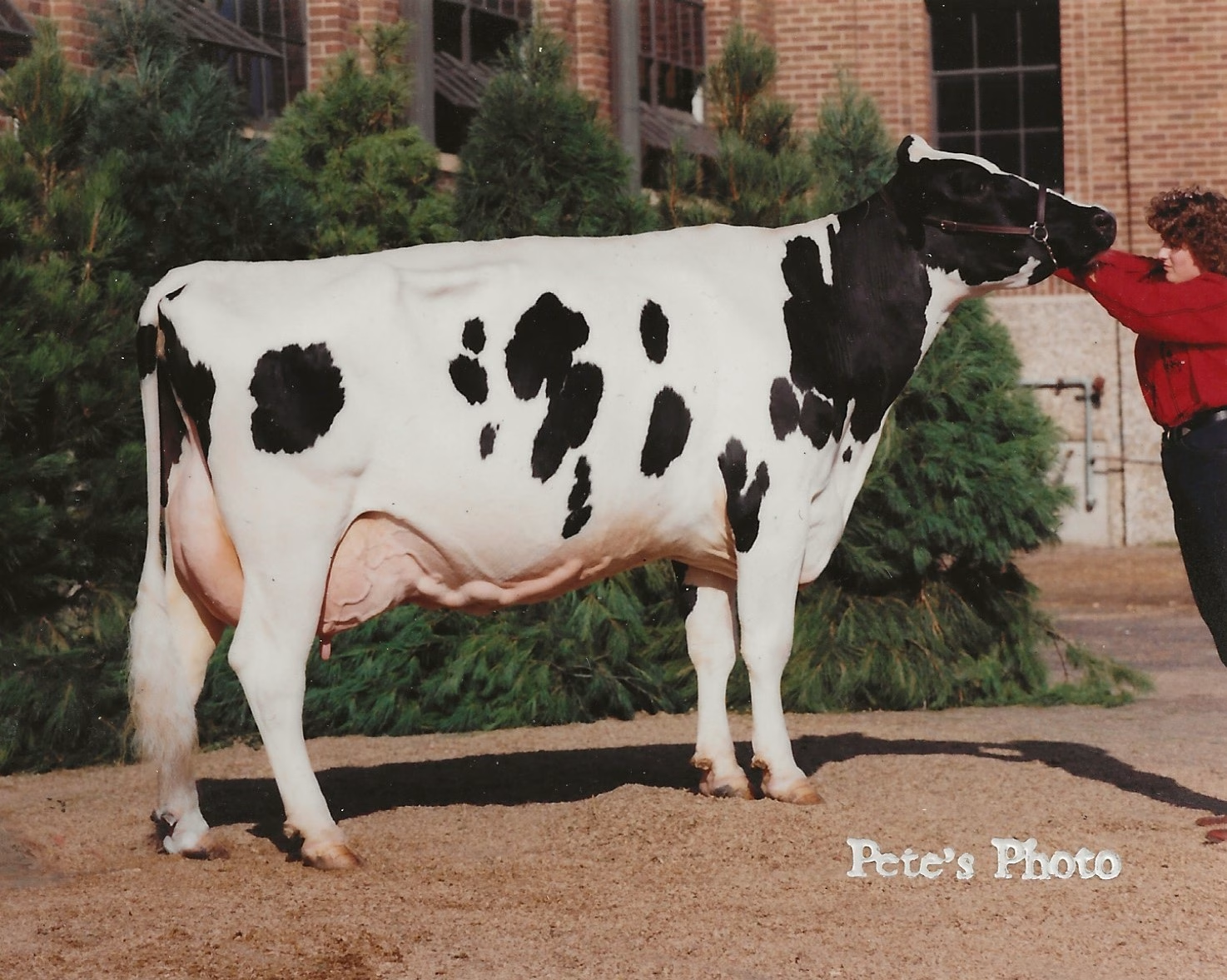
How One Bull Transformed an Industry
You know what’s crazy? Elevation didn’t just change individual herds—it reshaped entire organizations and industry practices. I’ve talked with folks who worked at Select Sires during that era, and they’ll tell you straight up: “Elevation put Select Sires on the map.”
In the ’60s, Select Sires struggled to establish itself as a newly formed federation of regional breeding organizations. Then this bull came with his perfect combination of production and type, and suddenly, everyone wanted Select Sires’ genetics. The revenue from Elevation semen sales built the company’s infrastructure. George Miller said it best: “It’s been said that Elevation built the barns at Sire Power and Select Sires.”
Think about that impact for a minute. One Bull’s genetics were so sought-after that they funded buildings, grew market share, created brand identity, and helped merge 18 state-level organizations into a cohesive national presence. That’s not just breeding success – that’s business transformation!
His influence spread well beyond American borders, too. Elevation’s semen was shipped to 45 countries, fundamentally reshaping global Holstein breeding. He served as a Holstein ambassador, making friends for American genetics worldwide. In Canada, his impact was especially pronounced through his son Hanoverhill Starbuck, who became the cornerstone of Canadian breeding programs. European dairy industries in France, Italy, and the Netherlands incorporated his bloodlines to improve their national herds. Elevation descendants eventually made up 70% of the Holstein population in some countries, like France!
Developing dairy nations used Elevation genetics to rapidly modernize their herds, while emerging dairy industries in Asia used their bloodlines to establish foundation herds adapted to local conditions. He created a genetic standardization that connected Holstein populations worldwide –bovine globalization, if you will!

The Family Tree That Changed Everything
Want to know what cemented Elevation’s legacy? His sons – over 10,000 of them became registered AI sires! That’s an army of genetic influence that’s almost impossible to comprehend. Some of his most influential sons include Sweet-Haven Tradition, Rockalli Son of Bova, Marshfield Elevation Tony, Ocean-View Sexation, and Straight-Pine Elevation Pete. Charlie Will also highlights Mars Tony and Lime Hollow Mars as influential Elevation sons.

But if we’re talking about Elevation’s sons, we’ve got to spotlight Hanoverhill Starbucks. If Elevation were the king, Starbucks would have been the crown prince who expanded the dynasty. His impact on global Holstein genetics was profound, especially in Canada. Starbucks sons like Madawaska Aerostar, Besne Buck, Fatal, and Sabbiona Bookie carried Elevation’s genes into another generation with even more significant influence.
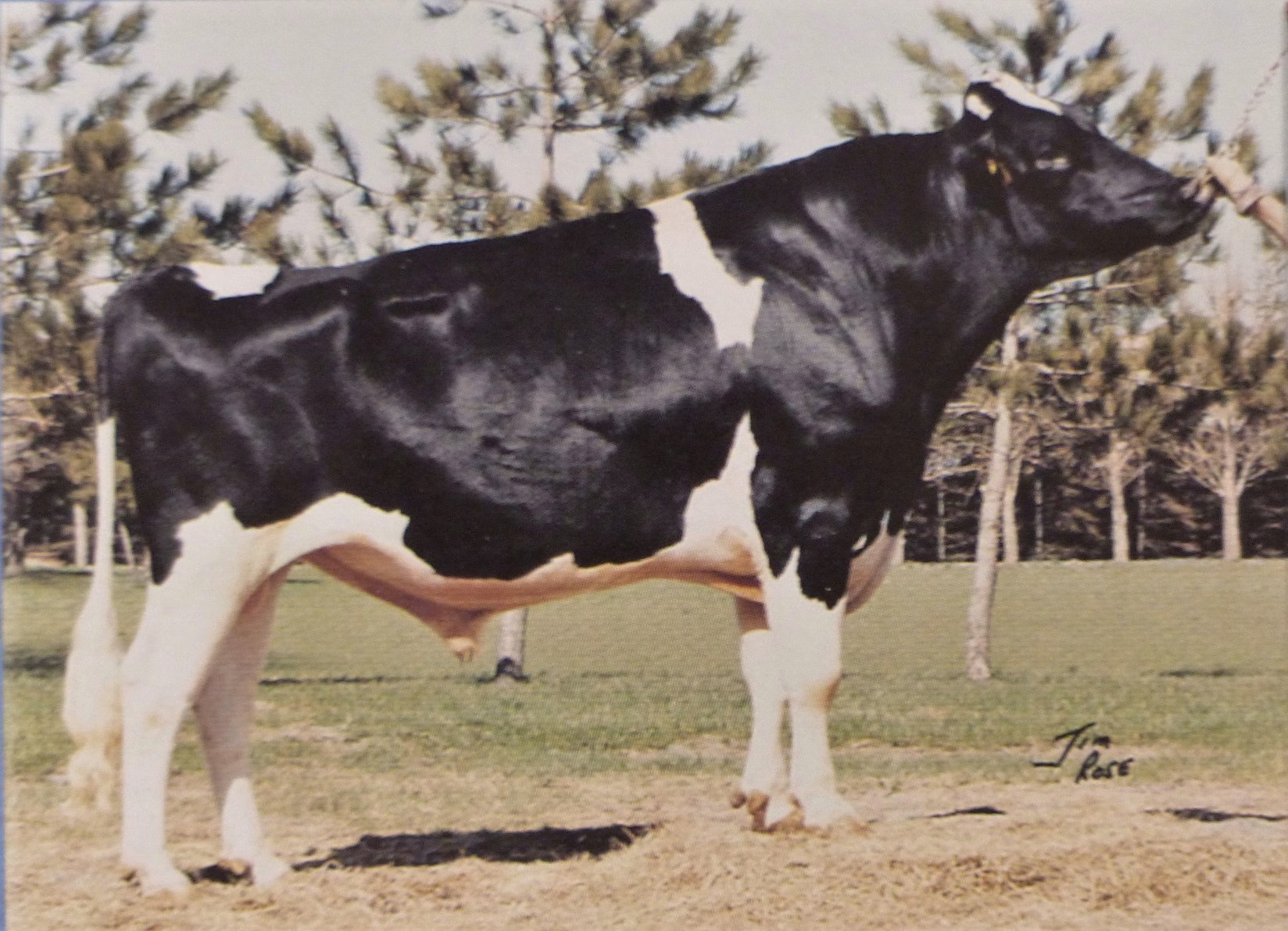
The Starbucks line shows the power of Elevation’s genetics—they didn’t dilute over generations; they often amplified! Madawaska Aerostar became one of the first bulls to sell one million doses of frozen semen. His sons in Canada included Maughlin Storm and the Millionaire Sires Startmore Rudolph and Oliveholme Aeroline. Meanwhile, Besne Buck’s son, Jocko Besn, became so influential in France that he sired more than 50% of French Holstein cattle!
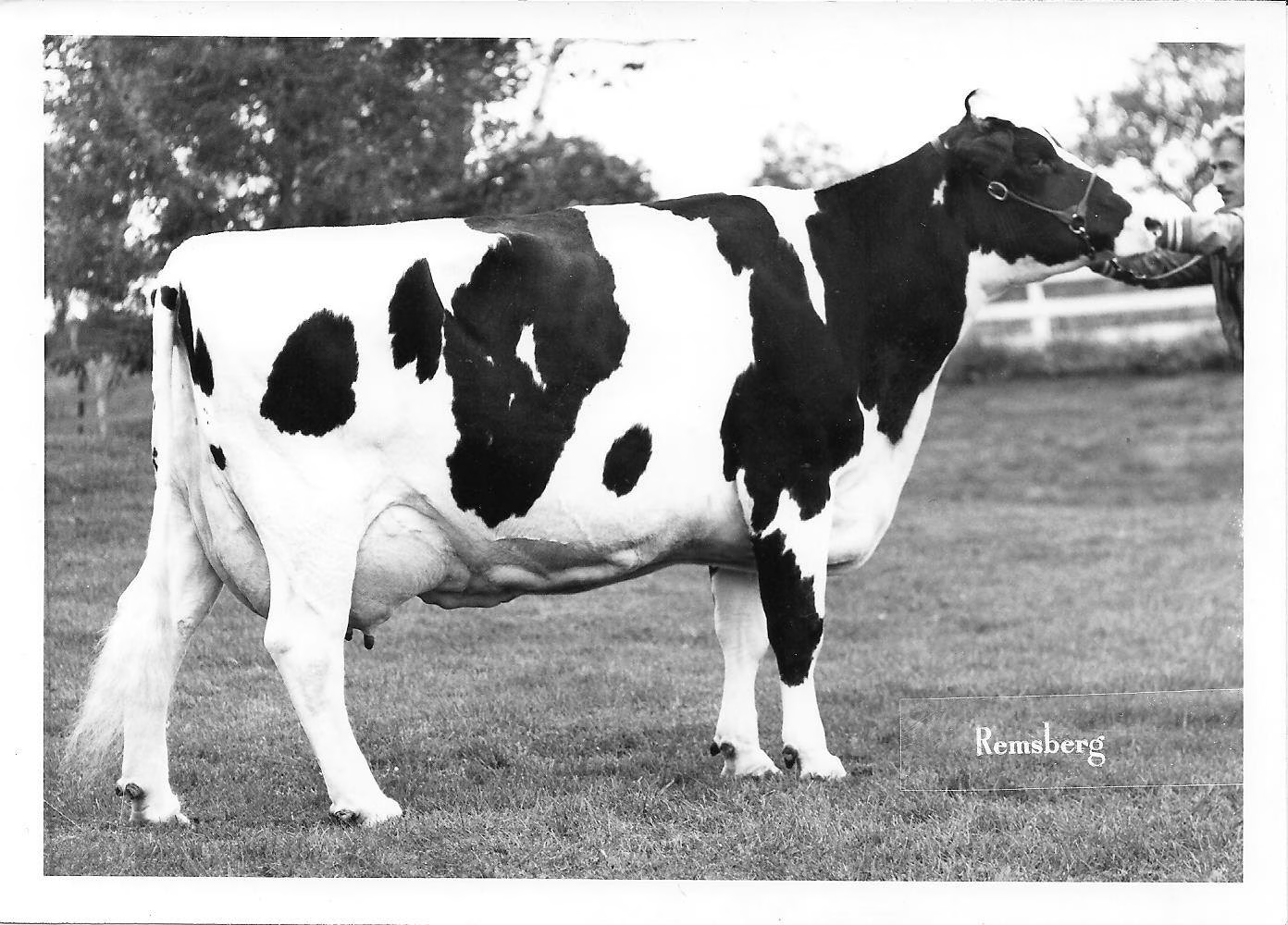
It wasn’t just Elevation’s sons making history, either. His daughters were equally remarkable. He once led the list for the most Excellent daughters and daughters, scoring 95, 96, and 97 points – the cream of the crop in classification terms. Stars like Ella and Twinkie (both EX-97 All-Time All-Americans), Cora (EX-GMD, dam of Carnation Counselor), and Lindy (EX-GMD, dam of Townson Lindy) didn’t just win in the show ring – they produced sons and grandsons that became influential sires themselves.
Elevation was considered the bull with the most descendants in the United States. It has been found that the two most influential bulls to Holstein US sires were Round Oak Rag Apple Elevation (Elevation) and Pawnee Farm Arlinda Chief (Chief)—up to 99% of AI bulls born after 2010 can be traced back to these animals. There’s something almost poetic about how his genetics have persisted through generation after generation, creating a legacy that continues to shape the Holstein breed today.
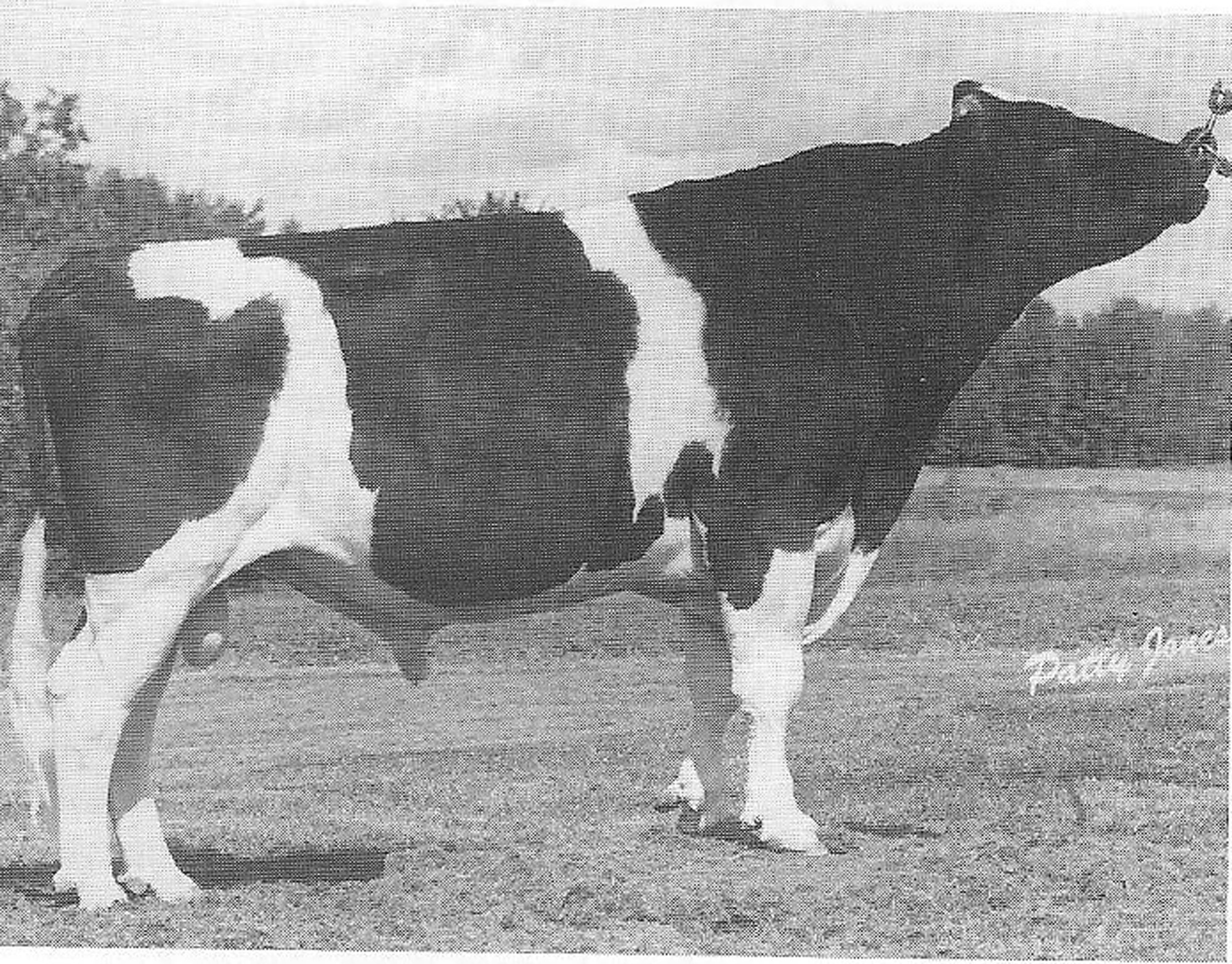
A Legacy That Defies Time
You know what’s truly mind-blowing? Six decades after Elevation’s birth, his DNA still runs through 14.5% of active proven Holstein sires. In a world where genetic trends come and go faster than fashion styles, that staying power is nothing short of miraculous.
If you look at Elevation’s current CDCB genomic summary, you might wonder what all the fuss is about. It shows a Net Merit (NM$) of -821 and negative milk production traits (-2,483 lbs milk, -87 lbs fat). But these numbers don’t tell the real story – they’re comparing him to a modern Holstein population he helped create! It’s like penalizing your grandfather for not knowing how to use an iPhone when he helped invent the telephone.
Charlie Will of Select Sires put it perfectly: “Elevation’s genes form the baseline against which we measure progress—you can’t delete the foundation of a skyscraper and expect it to stand.”
What’s fascinating is how specific Elevation traits continue to persist in elite modern genetics:
- His signature high, wide rear udders (linked to mammary system haplotypes on chromosome 6) remain prevalent in 78% of bulls with >2,000 GTPI.
- In current evaluations, his descendants inherit body condition scoring alleles associated with +1.1 Livability and +4.5 Daughter Pregnancy Rate.
- The “Elevation fertility cluster” on chromosome 18 still appears in 63% of high-fertility sires today.
These traits contribute to what breeders call the “Elevation Effect” – cows that maintain production across multiple lactations despite increasing herd turnover rates. His descendants show 18% lower involuntary culling rates than non-elevation lines, making them ideal for pasture-based and robotic milking systems.
Here’s another mind-bender: Elevation’s DNA makes up 8.3% of the CDCB’s genomic reference population. This creates a fascinating paradox where modern genetic evaluations compare new bulls against a baseline that Elevation helped establish. No wonder 80% of elite genomic young sires carry at least one major Elevation haplotype!
Why Elevation Still Matters Today
Today’s breeding programs face a critical choice: preserve Elevation’s durability traits or chase marginal production gains. I’ve talked with farmers who’ve taken the balanced approach, maintaining 12-15% Elevation-derived genetics in their herds. They report some impressive results: 22% lower vet costs, +0.8 lactations per cow, and 3.2% higher lifetime profit than herds chasing the highest genomic numbers.
Elevation’s story paralleled critical advances in reproductive technology, creating a perfect storm of genetic proliferation. His career aligned with breakthroughs in semen freezing and storage that extended viable preservation from days to decades. As AI adoption accelerated worldwide in the 1970s, Elevation’s superior genetics rode this wave of technological diffusion. His career also coincided with the development of computerized progeny testing and record keeping, allowing his impact to be measured more precisely than any bull before him.
If there’s a lesson in Elevation’s story, actual genetic progress isn’t always about extremes – it’s about balance. In an era when genomic selection sometimes emphasizes single traits at the expense of others, Elevation reminds us that the most valuable cattle excel across multiple dimensions. They may not be the most extreme in any category, but they last longer, stay healthier, and ultimately make more money for their owners.
Final Thoughts on a Legend
Elevation’s story isn’t just about genetics – it’s about vision. It’s about two cousins looking beyond immediate results to create something lasting. It’s about recognizing that the most transformative influences sometimes come from unexpected places.
Elevation’s DNA still courses through 14.5% of active Holstein sires six decades later, defying modern genomic evaluations that might dismiss his contribution. While contemporary metrics chase hyperspecialization, his balanced genetic blueprint remains fundamental to functional dairy cattle worldwide.
The contradiction he represents is fascinating: modern genomic models may penalize his alleles for “low” production while simultaneously relying on his chromosome 6 haplotypes as reference points for udder health and efficiency. His descendants continue to excel in diverse systems, showing 18% lower involuntary culling rates and thriving in high-tech robotic facilities and grass-based operations.
As Holstein breeders confront sustainability challenges, Elevation’s legacy offers valuable insights. His balanced genetics align perfectly with modern demands for efficient, lower-carbon dairy systems. Studies show his metabolic efficiency alleles correlate with 4.2% reduced methane output – proving that sometimes old genetics solve new problems!
Ultimately, Round Oak Rag Apple Elevation reminds us that genetic progress isn’t about chasing extremes but finding balance. Elevation didn’t just lift the breed; he gave it wings.
And that, my friend, is the kind of legacy to which we can all raise a glass of milk.
Key Takeaways
- Elevation’s success demonstrates that transformative genetics often emerge from partnerships that challenge short-term breeding trends, offering lessons for today’s genomic-focused selection methods.
- His five signature traits formed a “genetic symphony” rarely found in combination—most bulls excel in either production or conformation, while Elevation delivered both without compromise.
- Beyond individual herds, Elevation reshaped entire breeding organizations. His semen sales helped build Select Sires into a global AI powerhouse, and his genetics standardized Holstein traits across 45 countries.
- Despite modern genomic evaluations rating him negatively, his chromosome 6 haplotypes remain essential reference points for udder health and efficiency, creating a paradox where his genes form the baseline against which progress is measured.
- His most enduring legacy may be economic efficiency—herds retaining 12-15% Elevation-derived genetics report 22% lower veterinary costs and longer productive lives than those chasing extreme production traits.
Executive Summary
Round Oak Rag Apple Elevation, born in 1965 on a modest Virginia farm, transformed the dairy industry through his unparalleled genetic transmission of five critical traits: production, udder quality, mobility, fertility, and longevity. Dubbed the “Bull of the Century,” Elevation defied conventional breeding wisdom by emerging from an improbable mating between a questionable sire and a slow-maturing dam. His extraordinary ability to elevate mediocre genetics produced daughters averaging 29,500 pounds of milk (15% above contemporaries) while maintaining exceptional udder structure and extended productive lives. With over 10,000 registered sons and an estimated 8.8 million descendants worldwide, his genetic influence continues six decades later, with his DNA present in 14.5% of active Holstein sires despite the genomics revolution that followed him.
 Join the Revolution!
Join the Revolution!
Join over 30,000 successful dairy professionals who rely on Bullvine Daily for their competitive edge. Delivered directly to your inbox each week, our exclusive industry insights help you make smarter decisions while saving precious hours every week. Never miss critical updates on milk production trends, breakthrough technologies, and profit-boosting strategies that top producers are already implementing. Subscribe now to transform your dairy operation’s efficiency and profitability—your future success is just one click away.







 Join the Revolution!
Join the Revolution!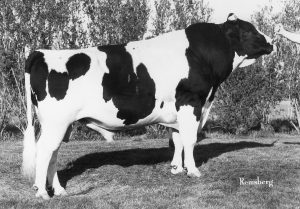
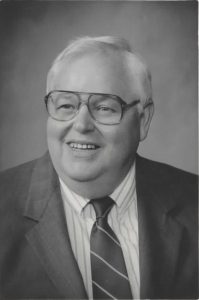
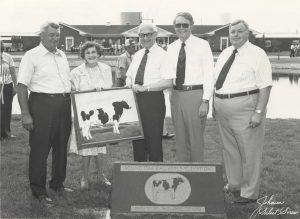 Elevation Made an Impact on Organisations
Elevation Made an Impact on Organisations


